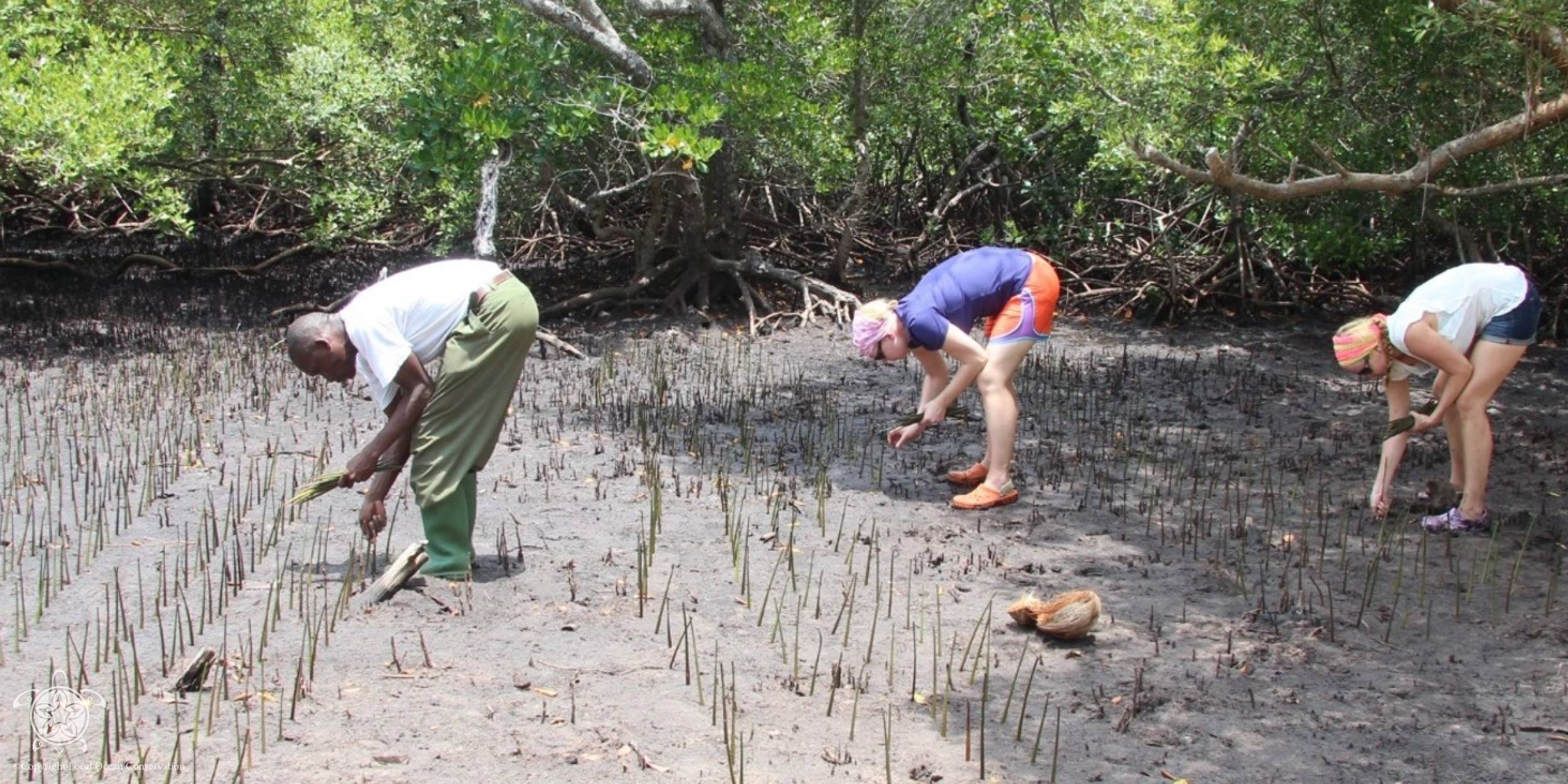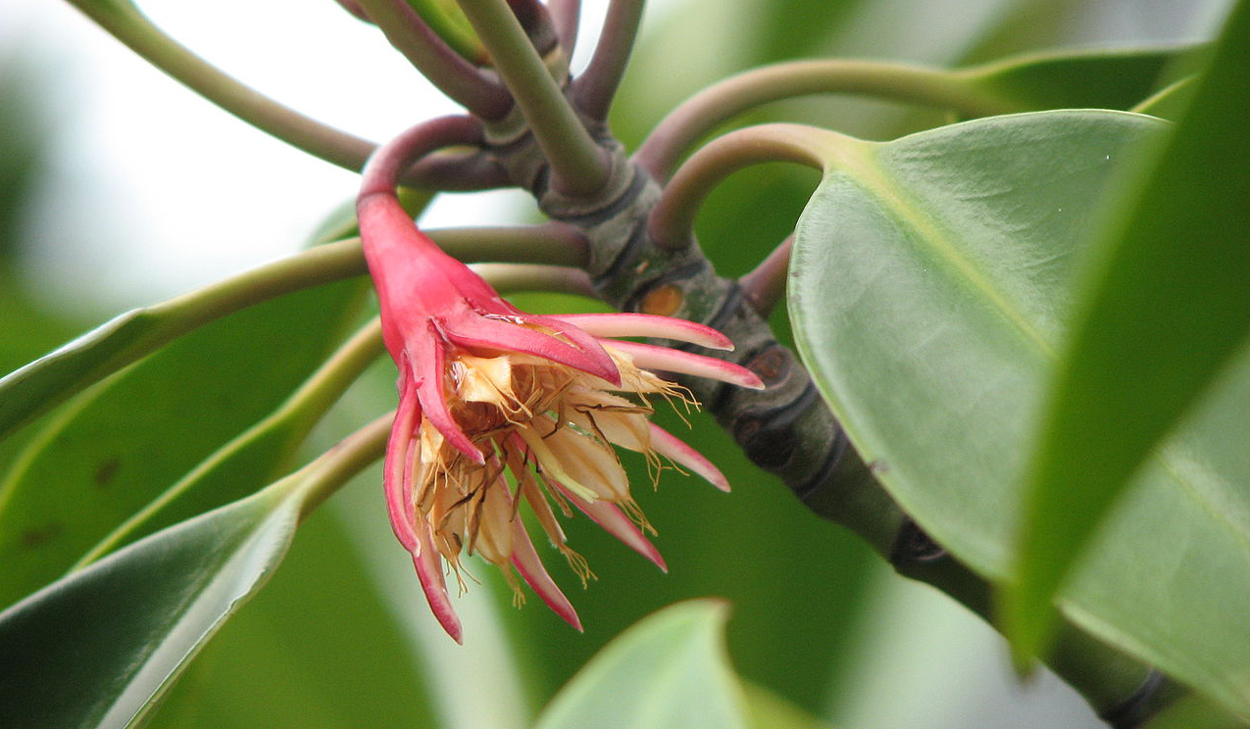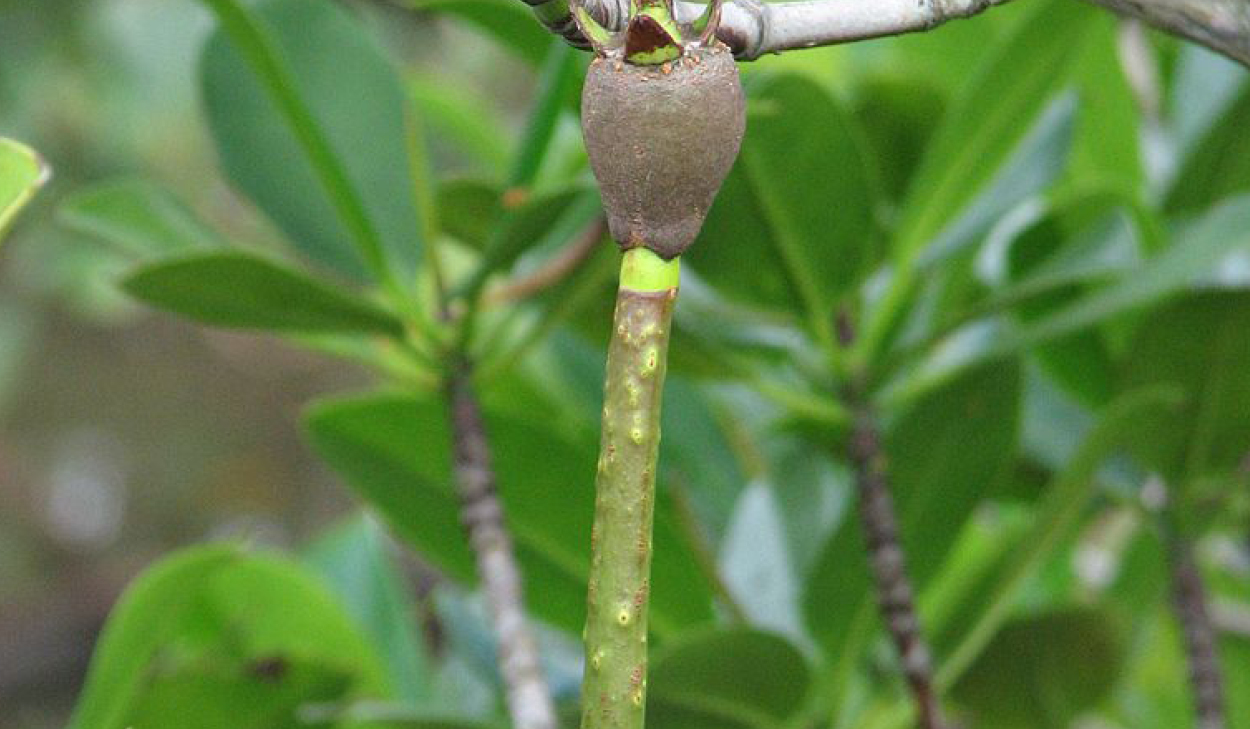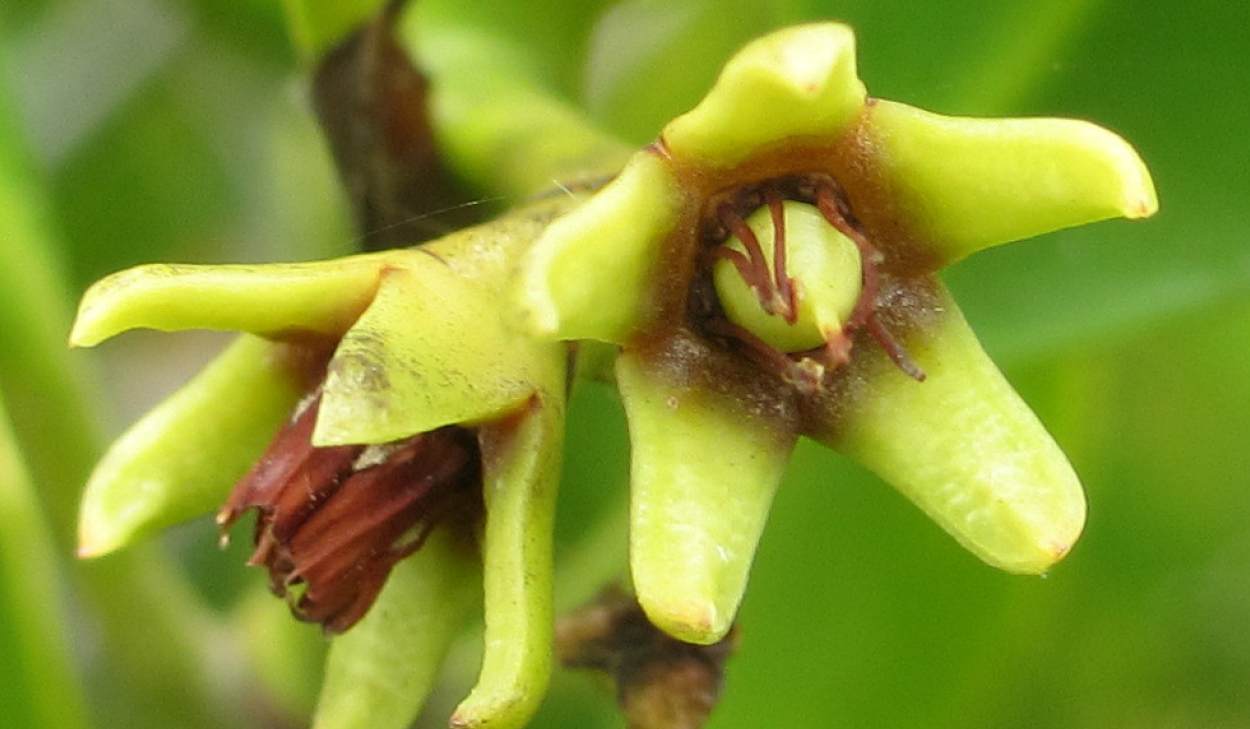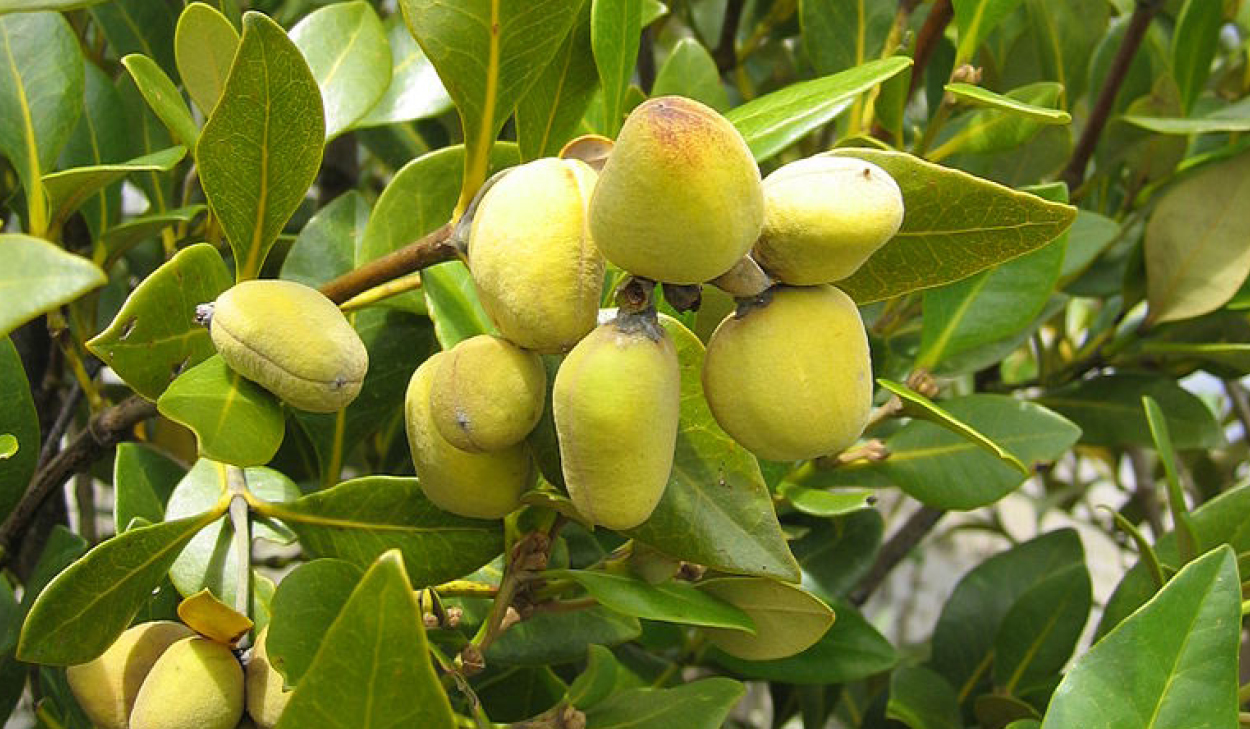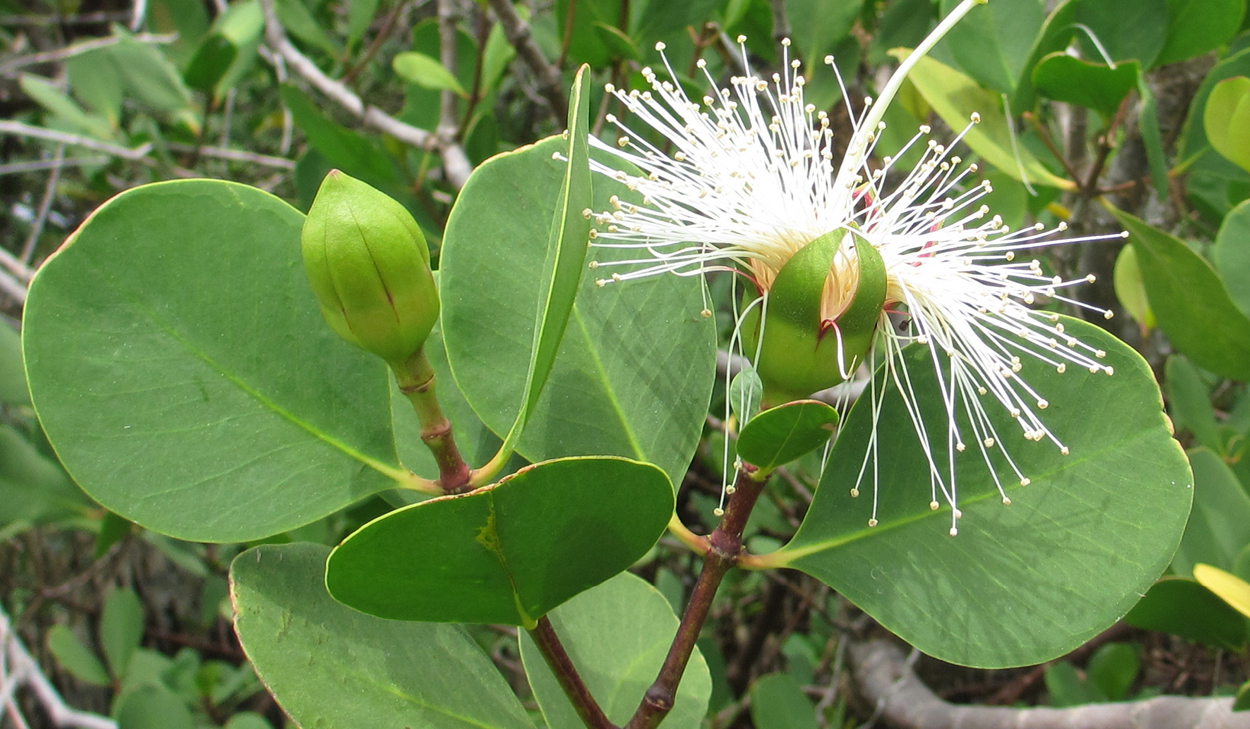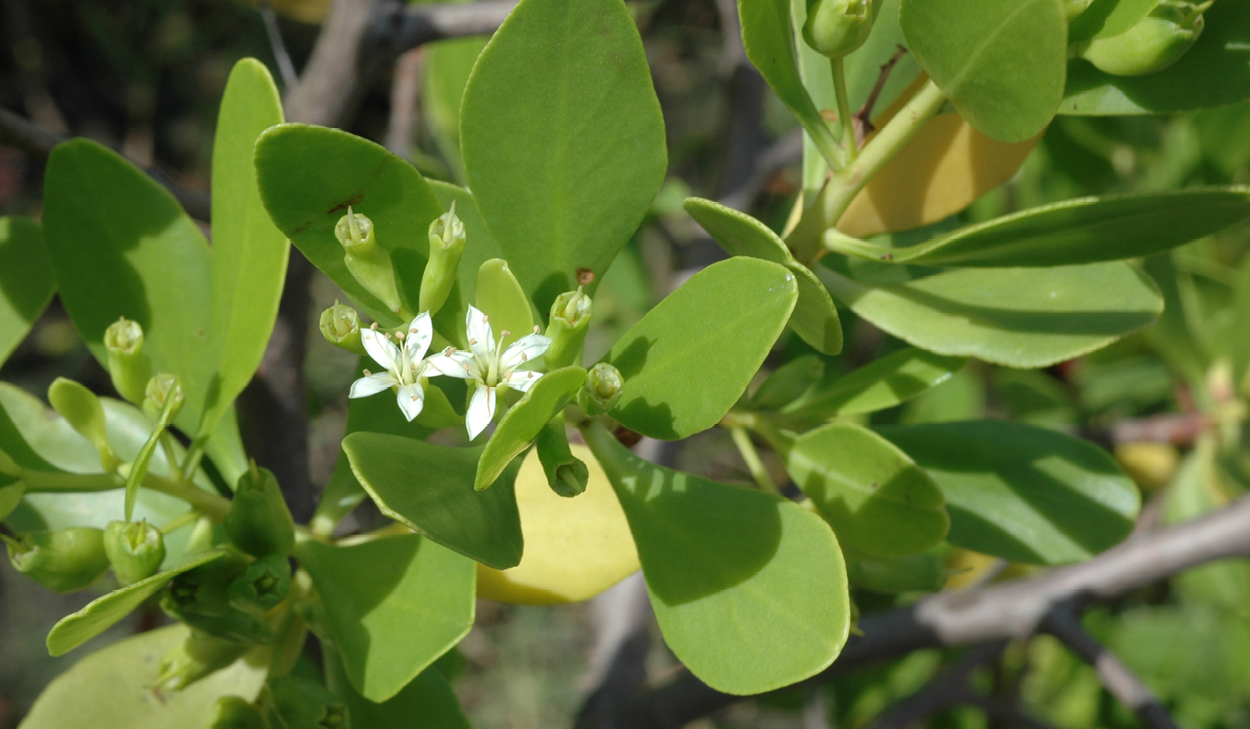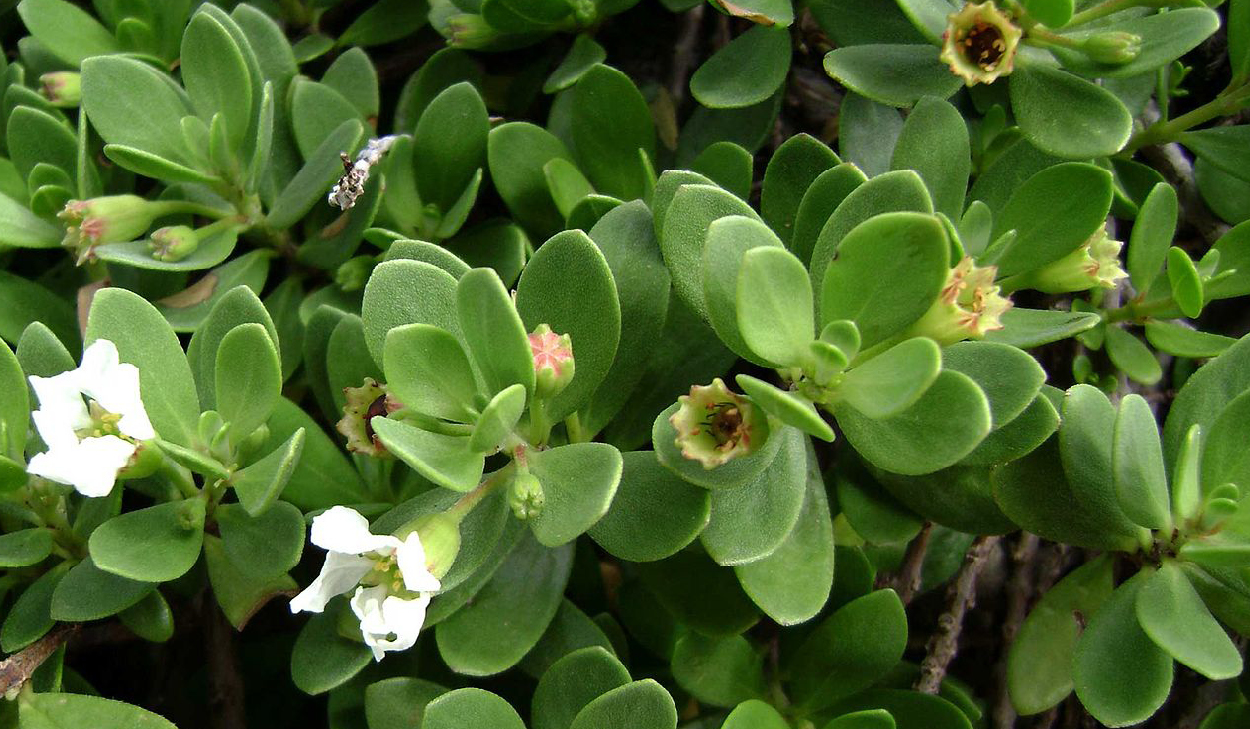Mangrove Ecosystems
Mangrove ecosystems are made up of salt tolerant evergreen trees found in inter tidal locations, usually where fresh and salt water meet, such as creeks. They grow in areas with low-oxygen soil, this is a harsh environment for plants and trees to live but mangroves thrive in these saline environments. These forests only grow at tropical and subtropical latitudes near the equator because they cannot withstand freezing temperatures. Mangrove forests can be recognised by their dense tangle of roots that elevate the trees out of the water, a forest on stilts! This tangle of roots allows the trees to withstand the daily tides, most mangrove forests get flooded at least twice per day. These weird and wonderful roots also slow the movement of tidal waters, causing sediments to settle out of the water and build up the muddy bottom therefore cleaning the sea water for coral and plant life. Mangrove forests stabilise the coastline, reducing erosion from storm surges, currents, waves, and tides.
Mangroves are among the most productive and biologically complex ecosystems on Earth. Birds roost in the canopy, shellfish attach themselves to the roots, and snakes and crocodiles come to hunt. Mangroves provide nursery grounds for fish; a food source for monkeys, deer, tree-climbing crabs, and a nectar source for bats and honeybees. Sea turtles and other creatures use the intricate root system to seek food and shelter from predators. They are extremely important to the environment and local communities alike; they recycle nutrients and can be used as a source of food, fuel, building material, fishing bait, dye, traditional medicines and eco-tourism.
Worldwide there are upward of 70 different species of mangrove, East Africa is home to 9 of these and Watamu’s Mida Creek boasts 8 species.
The distribution of the different species depends on climate, temperature, soil and salinity among other environmental conditions, in order for successful germination and growth.
Threats
Mangrove forests fall behind tropical forests and coral reefs in conservation. Just as it is critical to combat destruction caused in our rain forests, likewise it is important to control the threats facing the mangrove forests. The loss of our mangrove forest is caused by both natural changes and human factors. Diseases, biological pests and parasites e.g. barnacles, leaf eating crabs and caterpillars are some of the natural factors that degrade our mangroves. Mangrove forests have been over-exploited and destroyed due to urbanisation, cutting mangroves to develop land near the ocean, cutting them for timber, fuel and charcoal as well as pollution. The mangrove forests in Kenya have traditionally been used as building poles and firewood. As the population continues to increase in coastal regions, there has been a significant depletion of mangrove forests. A recent ‘boom’ of tourism in the coastal areas over the last couple decades has led to an increasing demand for construction of restaurants and bars, residential and commercial properties, industrial salt production factories, all of which compete and win for space. Industries, agriculture, sewage and oil spills cause much marine pollution. This hinders the growth and distribution of mangroves. These are just some of the factors threatening this unique type of forest.
Conservation Efforts
Proper management and protection is key to the survival of mangrove forests worldwide. Local Ocean Trust is engaged in the protection and conservation of mangrove forests in Mida Creek. Frequent mangrove surveys give us an indication of the scale of the problem, where there is illegal harvest and areas where restoration can be conducted.
Our conservation efforts include, but are not limited to, carrying out mangrove replanting days with school students both from local and international schools, local community groups and our education programme. Eco-tourism in the mangrove forests has provided an alternative income to local communities, enabling them to see the benefits of protecting this magnificent and crucial habitat.
#LoveYourLocalOcean
If the community can make time to correct the environmental wrongs then we encourage corporates who are creating a negative impact on our environment to take responsibility for their role in the destruction.
We believe in making a difference quietly and we continue to Love our Local Ocean by continued monitoring and assessment of replanted areas and replanted seedlings. Further developing strategies to effectively rehabilitate degraded mangroves. Continue supporting and encouraging the community to make sufficient time to participate in conservation. And advocating for proper management and sustainable usage of mangrove forests.

